Understanding Zoom Whitening Process
Zoom whitening is a popular in-office teeth whitening procedure designed to brighten your smile significantly in a single visit. Unlike over-the-counter whitening products, Zoom uses a powerful hydrogen peroxide whitening gel, activated by a special blue LED light. This combination accelerates the whitening process, breaking down stains and discoloration on the surface and within the enamel of your teeth. The effectiveness and speed of Zoom whitening make it a preferred choice for individuals seeking immediate and dramatic results. The process is generally safe when performed by a trained dental professional, and the results can last for a considerable period, depending on your lifestyle and oral hygiene habits. Understanding the steps involved and what to expect can help you prepare and maximize your whitening experience.
The Zoom Whitening Procedure Step by Step
The Zoom whitening process is a carefully orchestrated series of steps designed to maximize the whitening effect while ensuring patient comfort and safety. This process is conducted entirely within a dental office, providing a controlled environment and professional expertise. From the initial consultation to the final application of the whitening gel, each step plays a crucial role in achieving the desired outcome. The procedure typically takes about 90 minutes to complete, from start to finish, but the actual time spent whitening your teeth is much shorter. The process starts with an initial assessment of the patient’s teeth to evaluate the type and extent of staining, which affects the overall time spent on the procedure.
Initial Consultation and Assessment
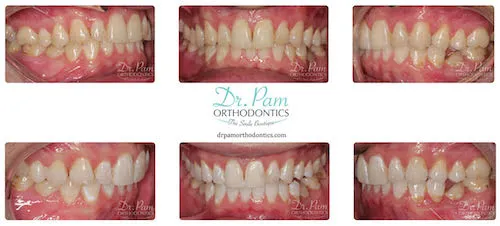
Before the Zoom whitening procedure begins, a comprehensive consultation is essential. This involves the dentist examining your teeth to assess their overall health and suitability for the whitening process. The dentist will check for any existing dental work, cavities, gum disease, or other oral health issues that might impact the treatment. They also evaluate the type of stains and discoloration to estimate the expected results. During this consultation, the dentist will discuss your expectations and explain the procedure in detail, including potential risks and benefits. X-rays may be taken to provide a more thorough evaluation, and the dentist might also take photographs to track the progress. This step ensures that the treatment is both safe and effective for each patient, customizing the approach based on individual needs.
Preparation for the Zoom Whitening
The preparation stage is crucial for protecting your gums and soft tissues from the whitening gel’s effects. The dentist will begin by cleaning your teeth to remove any plaque or debris that could interfere with the whitening process. A cheek retractor is then inserted to keep your lips and cheeks away from your teeth, providing a clear view of the teeth being treated. A protective barrier is applied along the gumline to shield the soft tissues. This barrier is essential because the whitening gel can cause irritation if it comes into contact with your gums. Once the gums are protected, the dentist or dental hygienist applies a thin layer of the whitening gel to the surface of your teeth, readying them for the next step.
The Whitening Gel Application
The Zoom whitening gel, which contains a high concentration of hydrogen peroxide, is the core element of the whitening process. Once the teeth are prepped, the dentist carefully applies this gel to the surface of the teeth being treated, ensuring even coverage. The gel is applied in several cycles, with each cycle typically lasting about 15 minutes. After each cycle, the dentist will remove the gel and check for any changes in the teeth’s color. If the desired level of whitening hasn’t been achieved, the process can be repeated, with up to three or four cycles often performed in a single session. This iterative approach allows for a gradual and controlled whitening effect, ensuring optimal results while minimizing sensitivity.
Using the Zoom Whitening Lamp
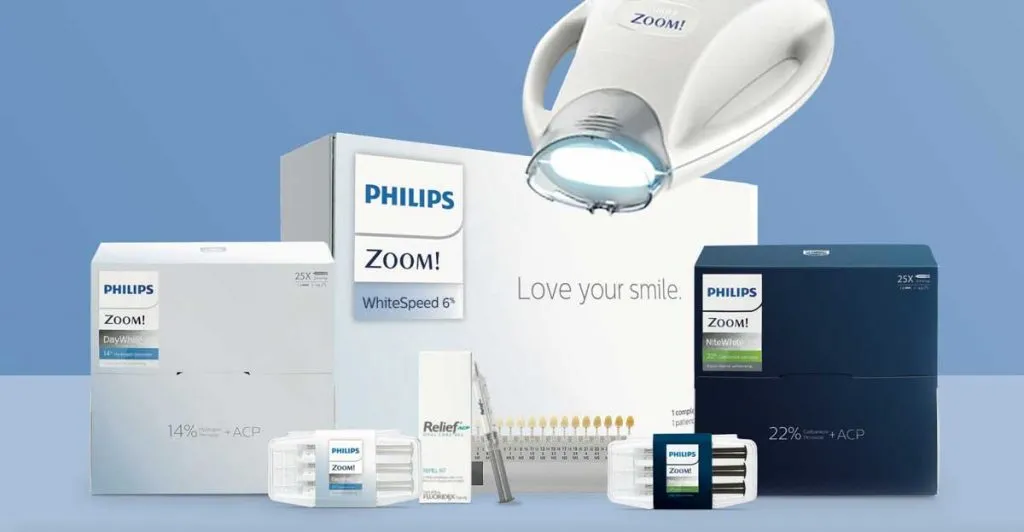
After the whitening gel is applied, a special Zoom whitening lamp is positioned near your teeth. This lamp emits a specific blue LED light that activates the hydrogen peroxide in the gel. The light energy accelerates the whitening process, causing the gel to break down stains and discoloration more effectively. The light doesn’t generate any heat, so it’s a comfortable experience for most patients. Each cycle of the gel application typically lasts about 15 minutes under the lamp. During this time, you can relax and enjoy a distraction, like listening to music or watching a show. The combination of the gel and the light is what makes Zoom whitening so effective and quick, delivering noticeable results in a single visit.
Duration of a Zoom Whitening Session
The total time required for a Zoom whitening session typically ranges from 60 to 90 minutes, but it is important to clarify that the actual time the whitening gel is applied to your teeth and exposed to the light is less. The preparation, including the initial consultation, tooth cleaning, and gum protection, takes up a significant portion of the time. The whitening cycles themselves are usually short, lasting around 15 minutes each, repeated up to several times depending on the desired results and the severity of the staining. The entire appointment is efficiently structured to maximize the whitening effect while prioritizing patient comfort and safety, ensuring a bright and confident smile.
Typical Time for the In-Office Procedure
On average, a Zoom whitening procedure in a dental office takes about 60 to 90 minutes from start to finish. This timeframe includes all the steps mentioned above, from the initial consultation and assessment to the final post-treatment instructions. The whitening cycles usually make up a large portion of this time, as the gel must be applied and activated by the light for the optimal amount of time. However, the exact duration can vary slightly depending on your specific needs and the dentist’s protocol. Preparing for the procedure takes some time, as do aftercare instructions to preserve the whitening results. The efficient nature of the Zoom whitening process makes it a convenient option for those seeking rapid and effective teeth whitening.
Factors Influencing Treatment Duration
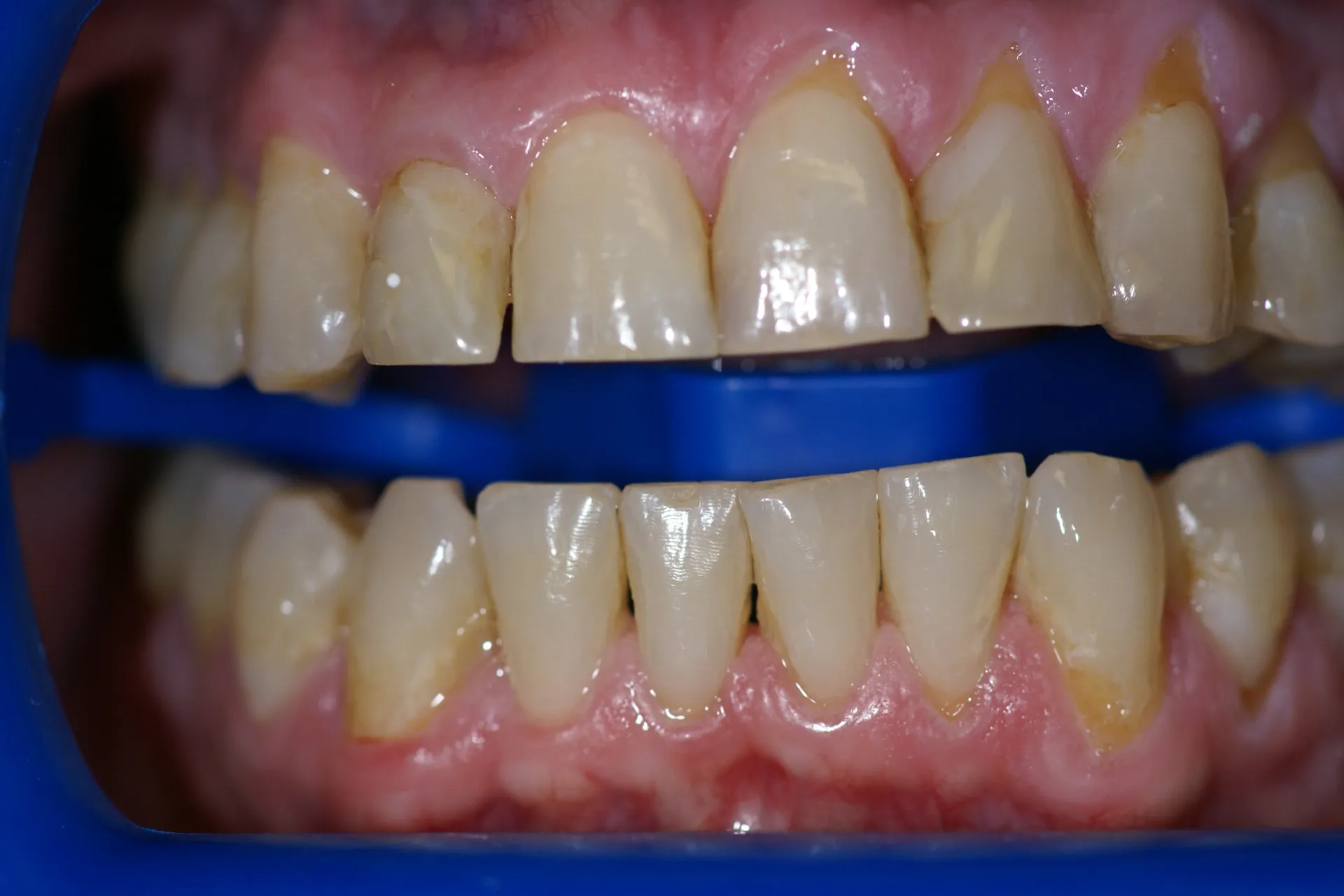
Several factors can affect the duration of your Zoom whitening treatment, impacting how long the procedure takes. The extent and type of staining on your teeth are crucial; more severe or stubborn stains often require additional whitening cycles, extending the overall time. Individual tooth sensitivity can also affect the procedure time, as the dentist might need to adjust the application cycles to minimize discomfort. The desired level of whiteness is another factor; if you aim for a more dramatic change, the treatment might need to be extended to achieve the desired results. Finally, the dentist’s experience and technique can influence the efficiency of the process. A skilled dentist can optimize the treatment, ensuring the best possible results in a comfortable timeframe. Overall, understanding these factors can help you set realistic expectations and prepare for the Zoom whitening treatment.
Teeth Staining and Discoloration
The type and severity of stains on your teeth significantly impact how long Zoom whitening takes. Stains can be caused by various factors, including foods, drinks, smoking, and certain medications. Surface stains, often caused by coffee, tea, or red wine, may respond to the whitening process quickly, requiring fewer cycles. Intrinsic stains, those embedded deeper within the tooth structure, might take longer to lighten and may require more sessions. The age of the stains also plays a role; newer stains usually are easier to remove than older, more ingrained ones. The dentist assesses these factors during the initial consultation to tailor the treatment plan to your needs, ensuring the best possible outcomes. This image is an example of some of the common sources of teeth staining and their effect on your teeth.
Tooth Sensitivity
Tooth sensitivity is a common consideration during Zoom whitening, influencing both the process and how long it can take. Some people experience sensitivity during or after the procedure, varying from mild to moderate. The dentist might adjust the treatment, shortening the duration of each whitening cycle or using desensitizing agents to minimize discomfort. Pre-treatment with desensitizing toothpaste can also help reduce sensitivity. The dentist will closely monitor your comfort levels throughout the process, making any necessary adjustments to ensure a positive experience. If you have sensitive teeth, discussing this with your dentist beforehand is crucial to develop a plan that balances effective whitening with your comfort, potentially lengthening the procedure time slightly.
The Importance of Aftercare
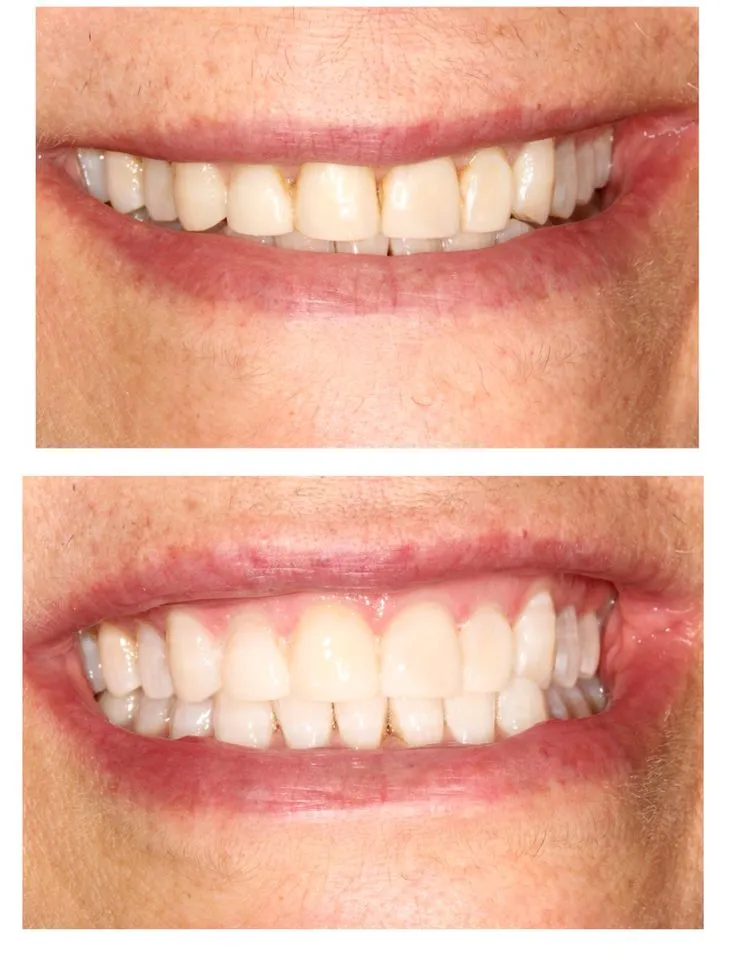
Aftercare is critical to maintaining the results of your Zoom whitening treatment. The dentist will provide specific instructions to follow immediately after the procedure and in the weeks to come. These guidelines help prevent new stains from forming and prolong the whitening effect. Aftercare involves careful attention to your diet and oral hygiene habits. By following these recommendations, you can help ensure a long-lasting, bright, and confident smile. Moreover, regularly scheduled dental check-ups and cleanings are essential for long-term oral health and for maintaining your beautifully whitened teeth.
Post-Whitening Sensitivity Management
Some people experience temporary tooth sensitivity after the Zoom whitening procedure. Your dentist can recommend several strategies to manage this. Using a toothpaste designed for sensitive teeth, which contains ingredients like potassium nitrate, can help reduce sensitivity. Avoiding very hot or cold foods and drinks for a few days after the treatment is also advised. The dentist might suggest applying fluoride treatments to strengthen your enamel and minimize sensitivity. Over-the-counter pain relievers, such as ibuprofen, can help manage any discomfort. Following these recommendations helps you minimize any potential discomfort, allowing you to enjoy the benefits of your newly whitened teeth.
Maintaining Results
To maintain your whitening results, it is important to incorporate specific habits into your daily routine. Regular brushing and flossing are essential for removing food particles and plaque that can lead to staining. Avoid or minimize the consumption of stain-causing foods and drinks like coffee, tea, red wine, and dark-colored berries. If you do consume these, rinsing your mouth with water immediately afterward can help prevent staining. Using a whitening toothpaste can also help remove surface stains and maintain your brighter smile. Periodic touch-up treatments, as recommended by your dentist, can help sustain your whitening results over the long term. Additionally, regular dental check-ups and professional cleanings are crucial for maintaining overall oral health and the longevity of your whitening.
Tips for Prolonging Your Whitening Results
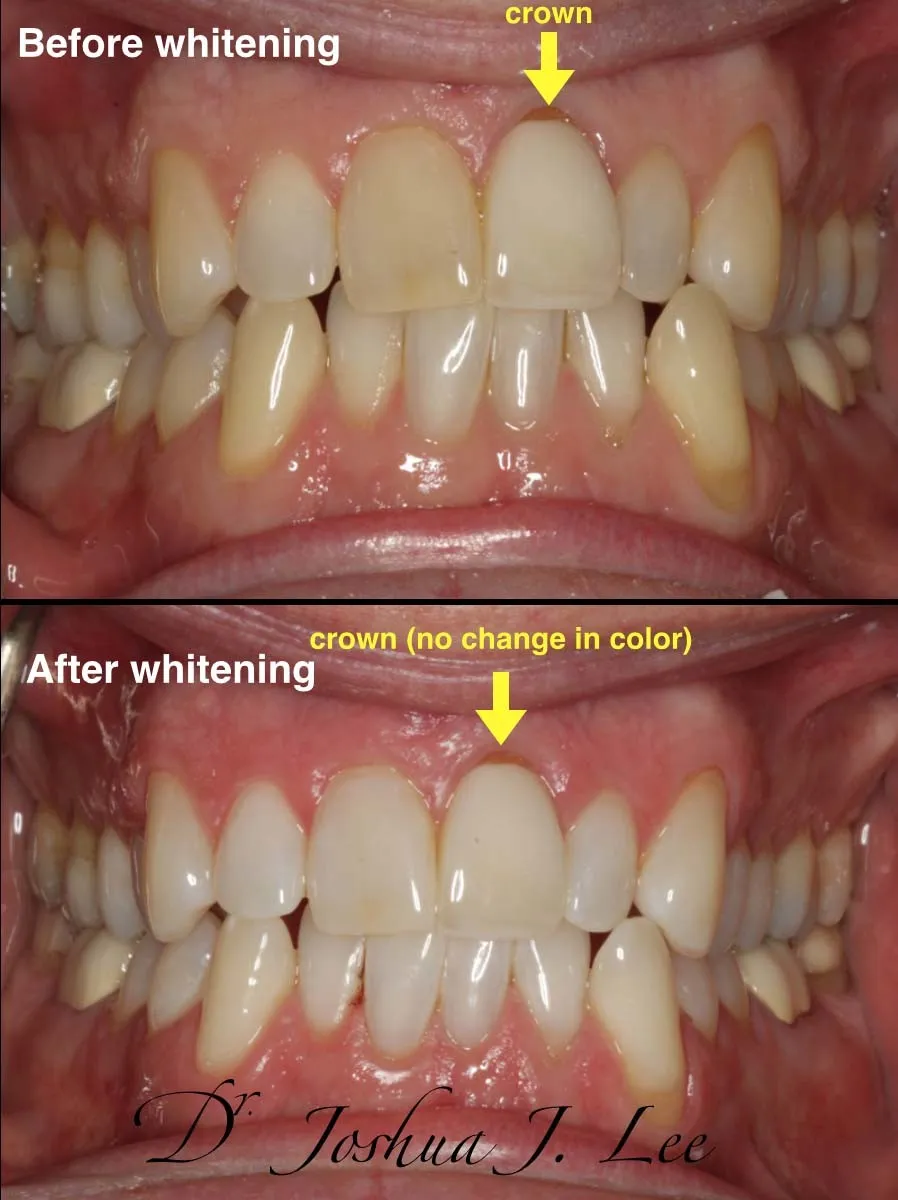
Several practical tips can help extend the life of your Zoom whitening results. Avoid smoking and the use of tobacco products, as they are major contributors to tooth staining. Brush your teeth at least twice a day and floss once daily to remove plaque and debris. Rinse your mouth with water or mouthwash after consuming foods and beverages that can stain your teeth. Consider using a straw for drinks like coffee and tea, which can help minimize contact with your teeth. Schedule regular dental check-ups and cleanings, as the dentist can help monitor your teeth’s color and provide professional cleaning to remove surface stains. The dentist might also recommend touch-up whitening treatments to maintain your bright smile. By following these tips, you can keep your smile bright and confident.
In conclusion, the duration of Zoom whitening, typically ranging from 60 to 90 minutes, makes it a convenient option for those seeking immediate and significant teeth whitening results. The exact time can vary based on factors like the degree of staining, tooth sensitivity, and the desired level of whiteness. The in-office procedure includes preparation, the application of a high-concentration whitening gel, and activation with a specialized lamp. Aftercare practices, such as dietary adjustments and oral hygiene, are vital for prolonging the effects of the whitening. Zoom whitening provides a safe, effective, and relatively quick solution for achieving a brighter, more confident smile.
